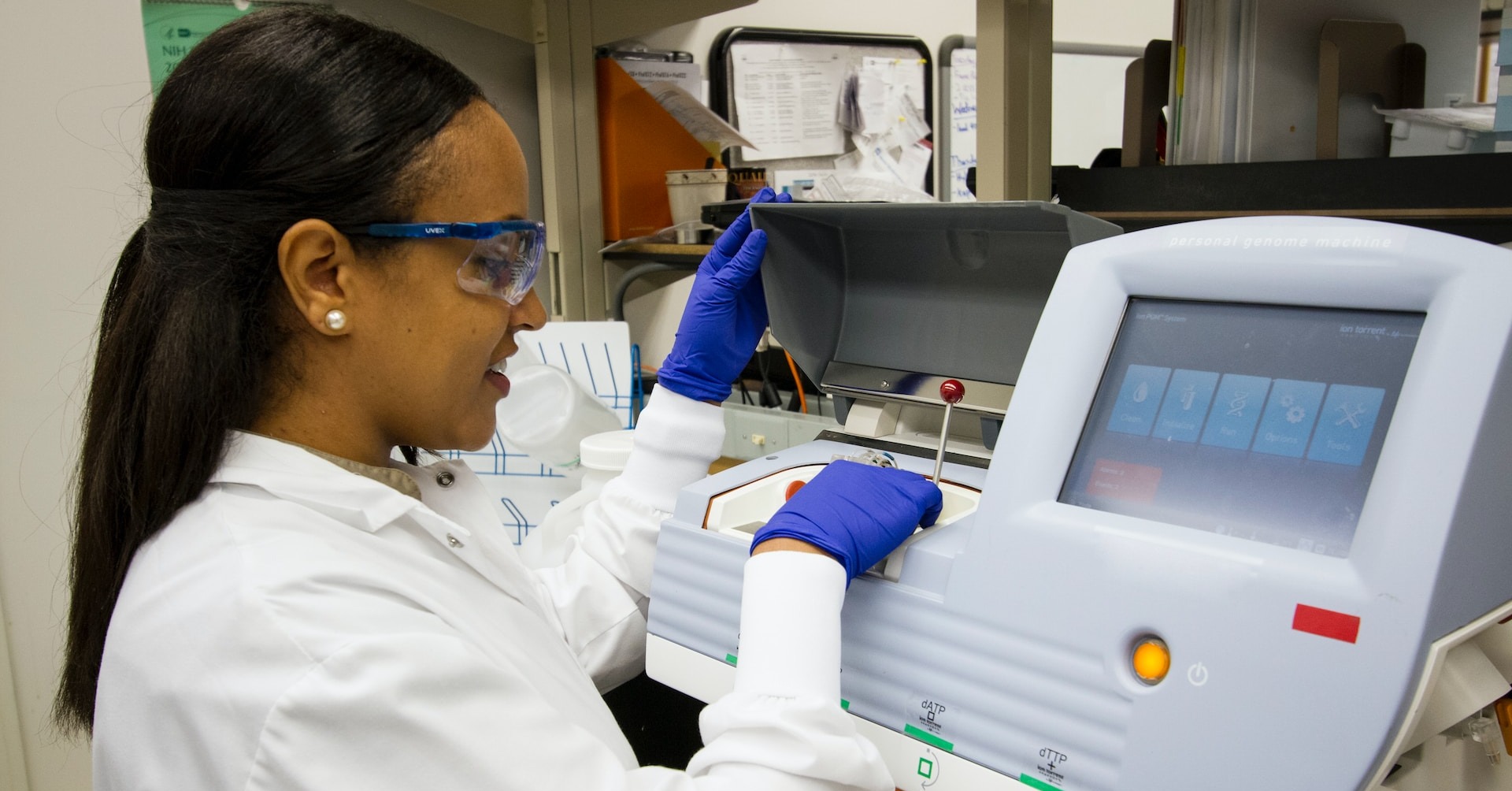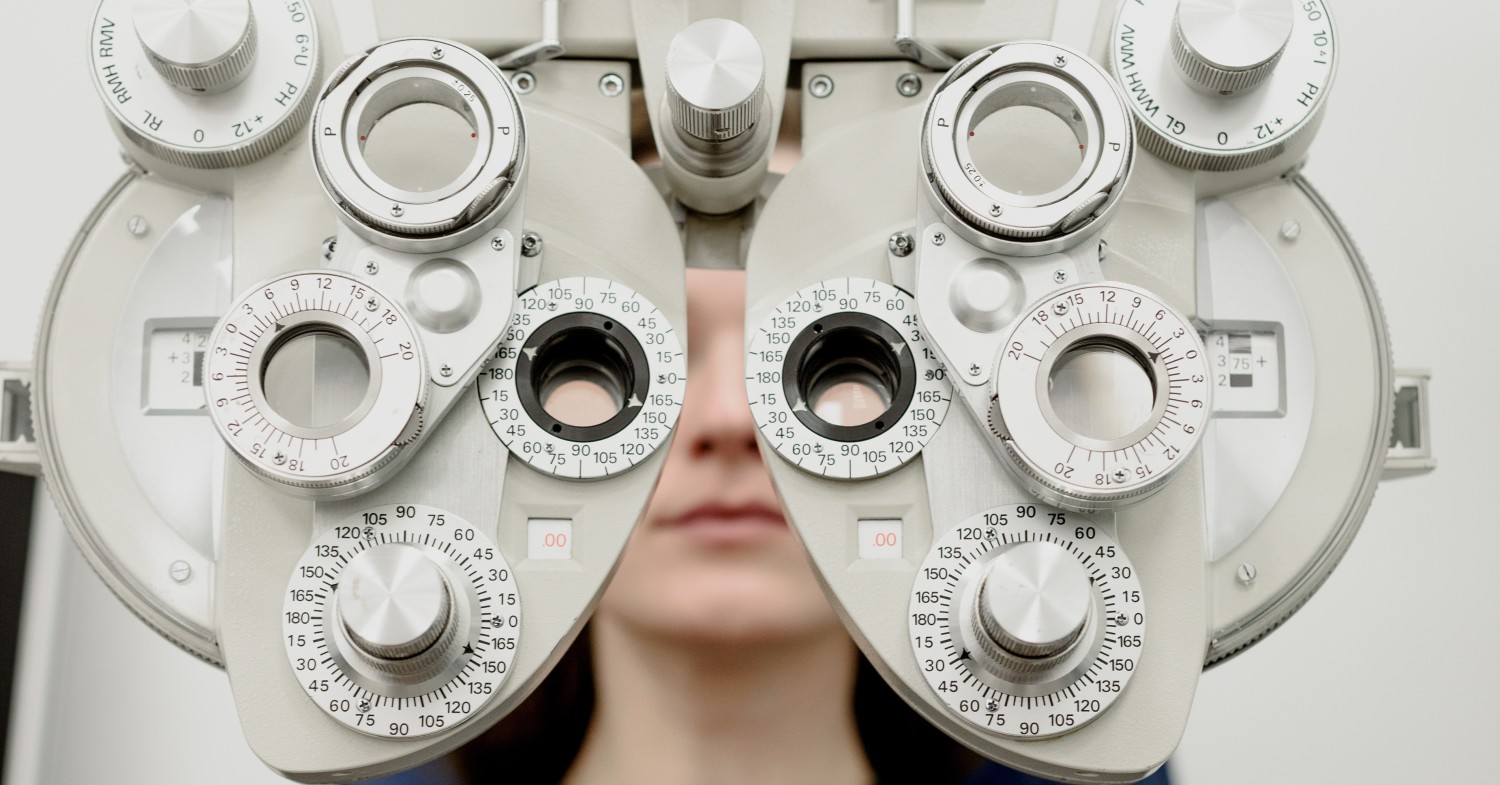
Where Do Epidemiologists Work?
Epidemiologists work in many settings, including hospitals, universities, and federal, [...]

Occupational therapists help patients participate in everyday activities to their fullest potential. It may sound simple, but in practice it can get complicated. That’s why occupational therapists need advanced degrees.
OT practitioners harness neuroplasticity —the brain’s ability to adapt through experience—to help patients learn (or relearn) tasks that have become extremely challenging, such as:
Creating individually tailored treatment plans requires wide-ranging expertise. Registered occupational therapists (OTRs) draw on neurology, physiology, biomechanics, developmental and aging theories, and psychology to address the nuances of their patients’ challenges.
So, how many doctorates does one need to practice the only healthcare therapy found to reduce hospital readmissions ?
At present, zero. Aspiring clinicians can currently enter the field with a master’s degree. Many OTs expect that to change, though, and believe the entry-level requirements will rise to the doctoral degree level.
In this article exploring when occupational therapy will require a doctorate, we cover:
The history of occupational therapy
What is the American Occupational Therapy Association (AOTA)?
What degree do you need to practice occupational therapy?
What is a master’s in occupational therapy?
What is a doctor of occupational therapy (OTD)?
Will occupational therapy require a doctorate someday?
Should I get a doctorate in occupational therapy?
It’s challenging to pin down occupational therapy‘s precise historical timeline. The profession integrates a range of disciplines, each with its own developmental history. Medical practitioners and caregivers intuitively practiced occupational therapy principles for decades before officially recognizing the field.
Most sources agree that occupational therapy’s origins trace back to the 18th century. Until the mid 1700s, society saw mental illness as a threat, and those deemed unsafe were sent to prison. The turn of the 19th century brought with it a growing awareness of human rights and ethical treatment. Asylums developed in concert with the idea that patients not only could engage in daily activities but benefited from them.
It was not until the early 1900s that the holistic practices of occupational therapy began to solidify into a recognized and reproducible therapeutic approach, with the publication of Susan Tracy’s nursing manual Studies in Invalid Occupations in 1910. In 1915, Eleanor Clark Slagle earned her reputation as “the mother of occupational therapy” by beginning the field’s first educational training program.
Along with Sagle and others, William Rush Dunton Jr., often referred to as “the father of occupational therapy,” founded the field’s first professional organization in 1917, called the National Society for the Promotion of Occupational Therapy. It is now known as the American Occupational Therapy Association (AOTA).
World Wars I and II and the ensuing flood of injured patients catalyzed the profession. By the late 1950s, universities began offering 18-month programs in occupational therapy, and by the 1970s, they offered four-year degrees.
The AOTA, which initially set out to protect hospitals from hiring unqualified people to practice OT, eventually assumed responsibility for accrediting the field’s educational degrees.
The American Occupational Therapy Association (AOTA) is a member-based organization representing occupational therapy practitioners and students in the United States. Founded in 1917, the AOTA sets professional standards for quality of care, advances research, and educates the public on the benefits of occupational therapy.
The AOTA also presides over the profession’s accrediting body, the Accreditation Council for Occupational Therapy Education (ACOTE). Recognized by both the US Department of Education (USDE) and the Council for Higher Education Accreditation (CHEA), the ACOTE accredits nearly 600,000 occupational therapy educational programs in the US and the UK. ACOTE advises the executive board of the AOTA, and the AOTA’s representative body votes on any significant change in professional standards or educational requirements.
Aspiring occupational therapists face a difficult decision. The profession currently operates under a dual-entry point, meaning that occupational therapists may enter the profession with either a master’s or a doctoral degree. While the two degrees differ in scope, focus and cost, both paths prepare students to sit for licensure exams.
The dual point of entry policy is controversial. In 2019 the AOTA considered a proposed mandate for a single point of entry at the doctoral level. After vigorous debate, the representative assembly upheld the dual point of entry policy, and that remains the official policy today.
A master’s degree in occupational therapy (MOT) is the minimum requirement for entry in the field for autonomous practitioners (you can become an OT assistant with a bachelor’s degree, but you can’t practice on your own). Most states require the degree for licensuret. It also prepares graduates to pass the National Board Certification in Occupational Therapy (NBCOT) exam. When graduates combine their degree with the national board credentials and state licensure, they have everything they need to practice.
Prerequisites for an MOT include a bachelor’s degree in a related field, GRE scores, and a moderate number of volunteer observational hours. Applicants without a related undergraduate degree can take prerequisite courses to demonstrate their capabilities.
MOT programs craft foundational curricula to give students a broad mastery of the field. To graduate as well-rounded generalists, Masters of Occupational Therapy programs typically offer the following areas of coursework:
In addition to coursework, students in master’s programs for OT undertake two levels of fieldwork. The first level of fieldwork is a practicum, referred to as Level I. It focuses on observation: students shadow licensed OTs in multiple settings. Only direct supervision permits their limited involvement in patient care.
Level II fieldwork is akin to a hands-on internship. Students provide occupational therapy services directly to patients under the supervision of a licensed therapist. Per the AOTA, all accredited programs must require at least 24 weeks of direct, supervised fieldwork.
There are three main types of doctoral degrees in occupational therapy: the entry-level doctorate; the post-professional doctorate; and the research-focused PhD.
Students without professional experience opt for the entry-level doctorate to shore up their future credentials should the profession’s requirements change. Or, they may already have an area of focus in mind and opt for this degree to begin specializing while simultaneously acquiring generalist skills and knowledge.
Licensed clinicians turn to a post-professional doctoral degree program to delve into an area of expertise, brush up on the latest research methodologies, and develop leadership and administrative skills needed for clinical practice management.
Lastly, prospective PhD candidates bound for university-level professorships and research require this degree to advance their academic careers.
Given how distinct the three distinct doctoral degree programs are, it’s no surprise their curricula diverge, too.
Since the PhD track prepares seasoned clinicians to shift into an academic role, its coursework aptly favors research-related topics over clinical courses. Typical classes include biostatistics, research design, grant writing, measurement theory, and models of practice.
Entry-level OTDs prepare generalists entering the field. While they offer some opportunities to delve into specialization, their coursework usually looks more like the MOT curriculum. Everyone sitting for the certification exam and gaining licensure, whether they have an MOT or entry-level OTD, needs foundational courses such as biomechanics, anatomy, neurobehavioral science, aging and developmental theories, the principles of assessment, and evidence appraisal.
Post-professional doctoral curricula vary the most. Their students already have generalist credentials. Instead, they aim to deep-dive into specializations, learn advanced practice-management skills, and get up-to-date on research methodologies.
For example, the coursework required at the University of Pittsburgh’s online post-professional Doctor of Clinical Science in Occupational Therapy (CScD)program assumes students have mastered the basic principles and practices of occupational therapy in hand. Its curriculum includes courses entitled:
At some point, an occupational therapy doctorate will likely be the minimum degree requirement for aspiring practitioners seeking licensure. When will that happen? It’s anyone’s guess, but the debate has been going on long enough to indicate the question is not going away.
In 2014 the AOTA board released a strategy statement articulating that the future occupational therapists would need a doctoral degree by 2025. After three years of study, in 2017. the ACOTE agreed with the AOTA board’s position. The ACOTE issued a mandate requiring a single point of entry at the doctoral level by 2027.
While the AOTA board originally agreed with the mandate, its membership pushed back. A debate ensued over whether the AOTA had the authority to make unilateral decisions regarding ACOTE mandates. The AOTA Representative Assembly voted in 2018 to put the future mandate in abeyance and uphold a dual-entry point for the time being.
The issue of overseeing responsibilities between the two entities is thorny. In practice, though, it proved difficult for the ACOTE’s mandate to stand against significant pushback from AOTA members.
While the mandate isn’t currently in play due to its unpopularity among AOTA members, the issue is far from decisively settled. Those looking to break into occupational therapy would be wise to consider that at one point, the board and the accrediting council shared the same opinion: a doctoral degree should be required for entry in the future.
It’s worth noting that physical therapy recently started requiring a doctorate of all new PTs. This development may exert additional pressure on occupational therapy to elevate its qualifying academic degree.
Ultimately that decision rests on a range of individual factors. How many years can you currently dedicate to your degree? Do you have a predetermined area of focus that would benefit from doctoral-level research? Are you headed for academia or eager to get into the workforce as quickly as possible? Would the financial requirements of a doctoral program stress your budget?
Remember that the previously proposed single point of entry mandates grandfathered in licensed OTs currently practicing with a master’s degree. If the mandates come to pass, it would only apply to future OTs, not those presently licensed.
That said, the optics of practicing with a master’s could change if all entry-level practitioners boast a clinical doctorate. Those choosing a master’s program might be at a disadvantage in the future when employers scan their resumes.
OTs who are anxious to get into the workforce may find a way around that, though, by gaining post-licensure certifications to boost their credentials. The delayed doctorate path could also result in a more tightly focused area of expertise, given the years of work experience after the master’s degree and licensure.
Carefully considering your career timeline, finances, and potential areas of specialization will help identify the right degree for your future in occupational therapy.
(Last Updated on February 26, 2024)
Questions or feedback? Email editor@noodle.com

Epidemiologists work in many settings, including hospitals, universities, and federal, [...]

In the occupational therapy field, a doctorate can open doors [...]

Neuro-optometrists use neurology and optometry to understand vision and its [...]

Earning a Doctor of Optometry typically takes four years, although [...]

In addition to having a master's degree, occupational therapists must [...]
Categorized as: Occupational & Behavioral Therapy, Nursing & Healthcare